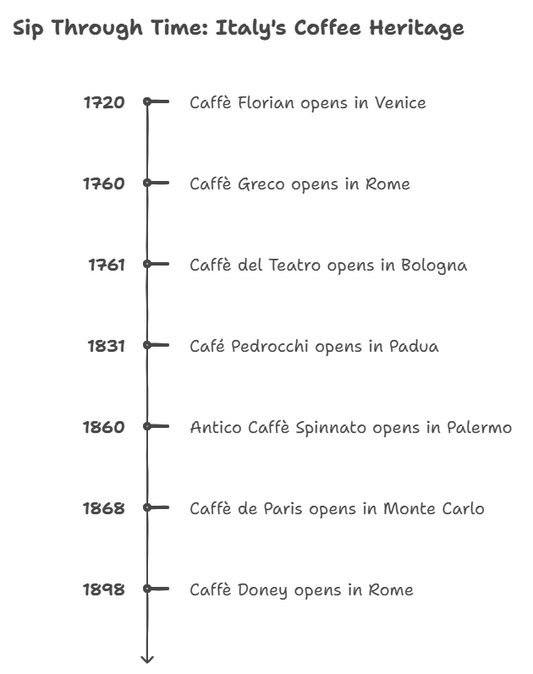
Rome's history is full of larger-than-life characters, but few of them are as infamous as Nero and Caligula. Both are remembered as tyrants who were more interested in their pleasures than in the welfare of their people. This article will explore the question of which of them was worse and will provide an in-depth analysis of their reigns and legacies.
| Factor | Nero | Caligula |
|---|---|---|
| Reign | AD 54-68 | AD 37-41 |
| Age at ascension | 16 | 25 |
| Initial popularity | Yes | Yes |
| Style of rule | Bloody dictatorship | Erratic chaos |
| Focus | Own pleasures | Causing chaos |
| Persecution of Christians | Yes | No |
| Accused of sexual deviancy | No | Yes |
| Accused of the murder of family members | No | Yes |
| Impact on history | Turning point into the decline of the Roman Empire | The low point in Roman history |
| Legacy | Infamous tyrant | Synonymous with madness and tyranny |
| Fun facts | Nero was a talented musician and performer who was said to have sung while Rome burned; Nero's mother Agrippina was rumored to have poisoned his predecessor, Emperor Claudius | Caligula supposedly appointed his horse as a consul of Rome; he ordered a floating bridge to be constructed across the Bay of Naples, claiming that he was the god Neptune; Caligula was assassinated by his guards |
| Famous quotes |
"Qualis artifex pereo" ("What an artist dies in me") |
"Remember that I have the right to do anything to anybody." |
Overall, while both Nero and Caligula were tyrants who abused their power and were more interested in their pleasures than the welfare of their people, Nero's reign was long and had a greater impact on the decline of the Roman Empire. Nero's persecution of Christians and focus on own pleasures, as well as his willingness to eliminate anyone who posed a threat to his power, make him the worse of the two.
Nero: The Reign of Terror Nero became emperor in AD 54 at the age of 16. He started as a popular ruler, but his reign soon turned into a bloody dictatorship. Nero was known for his extravagance and cruelty, and he was quick to eliminate anyone who posed a threat to his power. He also had a reputation for persecuting Christians, whom he blamed for the fire that destroyed much of Rome in AD 64. Nero's reign is often seen as a turning point in the decline of the Roman Empire.
Despite his many flaws, Nero remains a fascinating figure in history, and his legacy continues to be debated and analyzed by scholars and historians. In this article, we will explore the life and reign of Nero, and examine the reasons why Nero is considered by many to be the worst Roman Emperor in history.

Caligula: The Mad Emperor Caligula became emperor in AD 37 at the age of 25. He started as a popular ruler, but his reign soon turned into a nightmare. Caligula was known for his erratic behavior and for demanding that he be worshipped as a god. He was also accused of sexual deviancy and of ordering the murder of his family members. Caligula's reign is often seen as a low point in Roman history, and his name has become synonymous with madness and tyranny.

Comparison and Contrast
When comparing Nero and Caligula, it's clear that both were tyrants who abused their power. However, there are some differences between their reigns. Nero was more focused on his pleasures and was willing to let others do the work of ruling, while Caligula was more hands-on and took pleasure in causing chaos. Nero's persecution of Christians was a significant event in the history of Christianity, while Caligula's reign was marked by his bizarre behavior and sexual deviancy. Overall, Nero's reign was longer and more impactful than Caligula's, and he is often seen as the worse of the two.
Have you ever wondered just how big Rome was at its peak? The ancient city is known for its grandeur and vast empire, but just how far did its reach extend?
Rome was one of the most powerful and influential cities in history, and its legacy can still be felt in modern times. From its impressive architecture to its military conquests, Rome's impact on the world cannot be denied. But just how big was the city at its height?
Understanding the size and scale of Rome at its peak is crucial to understanding its place in history. By examining the factors that contributed to its growth and expansion, we can gain a deeper appreciation for the legacy of this ancient city. In this article, we will explore the size and scope of Rome at its peak and what made it such a formidable force in the ancient world.




